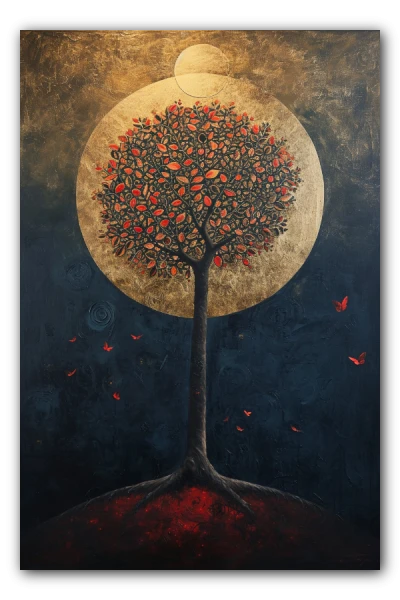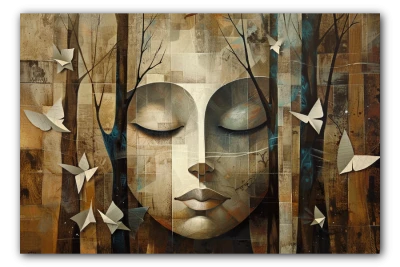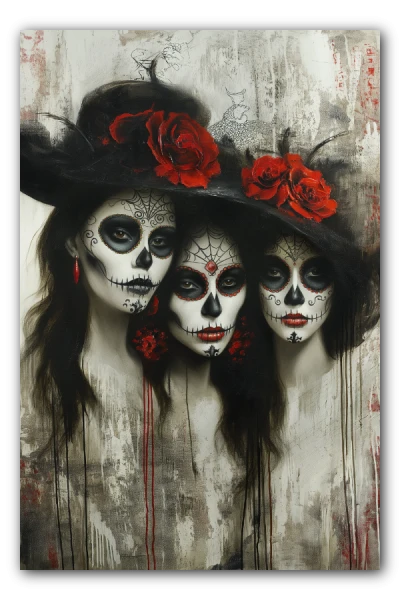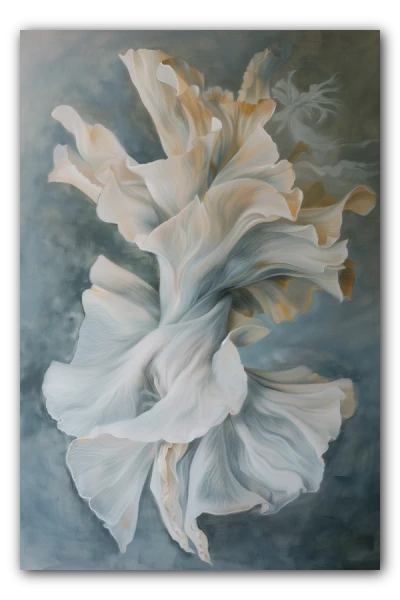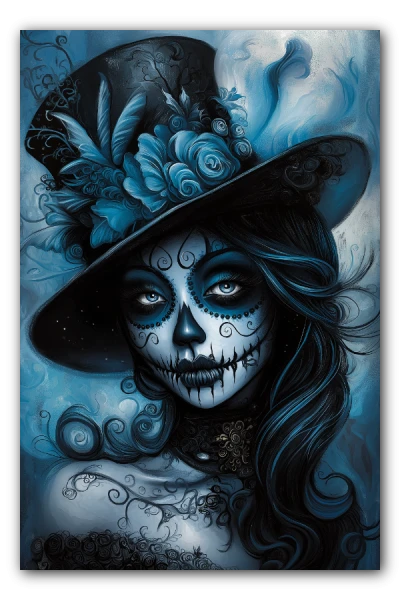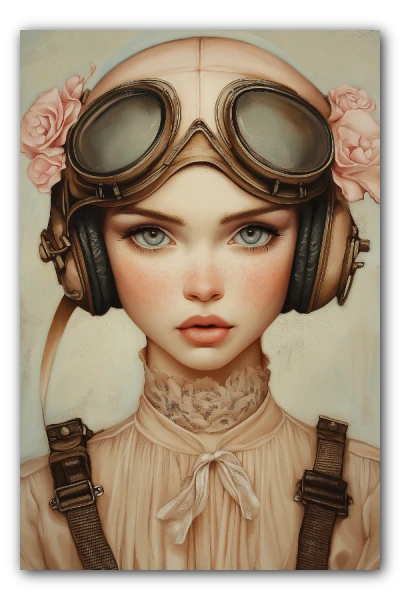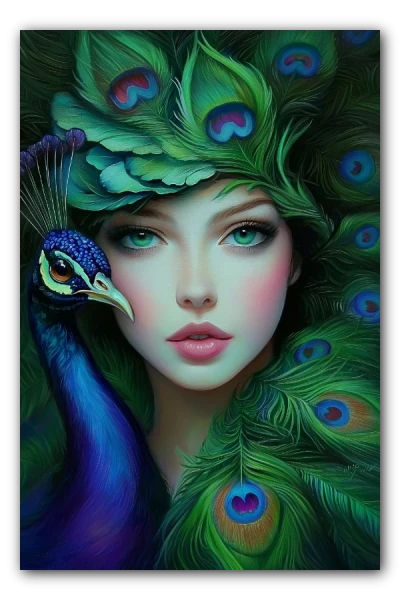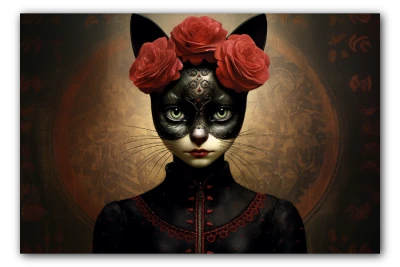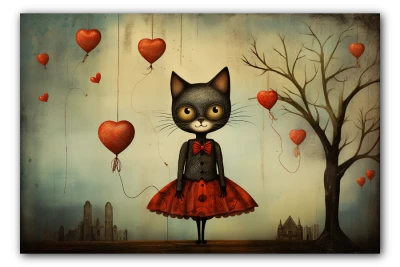Surrealism
Dreamlike Worlds: A Journey Through Surrealism


History of Surrealism
Surrealism is a cultural movement that began in 1924 in Paris with the publication of the "Surrealist Manifesto" by André Breton. Its roots can be found in the psychoanalytic theories of Sigmund Freud and Dadaism, a movement that questioned conventional standards of art and society. Surrealism aimed to explore the unconscious, freeing the imagination through art and literature, to show a "surreal" reality, beyond logic and the everyday.
Techniques Used in Surrealism
Surrealism was characterized by the use of various techniques aimed at subverting reality and exploring the human psyche. Some of the most notable techniques include:
- Automatism: A technique that involves creating art without conscious intervention, to capture the flow of the unconscious.
- Frottage: Using textures and objects to create impressions in painting or drawing.
- Collage: Combining disparate elements to form a unique and incongruent image.
- Decalcomania: A technique that involves pressing paint between two surfaces and then separating them, creating unusual patterns.
Surrealism also embraced traditional techniques, but in service of dreamlike and fantastical scenes.
Notable Surrealist Artists
Many artists and writers contributed to the development of Surrealism. Among the notable artists are:
- Salvador Dalí: Famous for his dreamlike images and extravagant symbolism, as seen in his iconic work "The Persistence of Memory."
- René Magritte: Known for his work filled with mystery and visual plays, as seen in "The Treachery of Images."
- Max Ernst: Prolific in techniques such as frottage, and works like "The Elephant Celebes."
- Joan Miró: His abstract style and use of color are distinctive in pieces like "The Farm."
- Frida Kahlo: Although not typically classified as a Surrealist, her work is imbued with elements of the movement, reflecting her internal reality.
Most Famous Surrealist Works
Surrealism has left a legacy of works that continue to inspire and captivate. Some of the most famous works include:
- "The Persistence of Memory" by Salvador Dalí, with its soft watches and dreamlike landscapes.
- "The Treachery of Images" by René Magritte, famous for the phrase "Ceci n'est pas une pipe."
- "The Elephant Celebes" by Max Ernst, a vibrant example of his work with frottage.
- "The Garden of Earthly Delights" by Joan Miró, showcasing his abstract and colorful visual language.
- "The Two Fridas" by Frida Kahlo, a double self-portrait representing her emotions and heritage.




